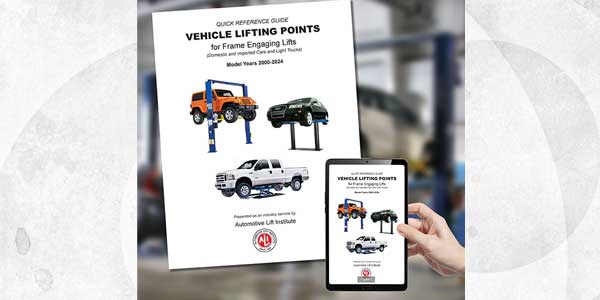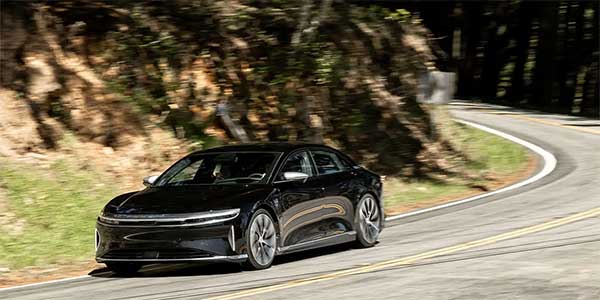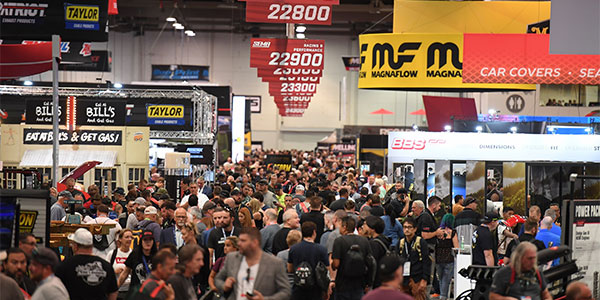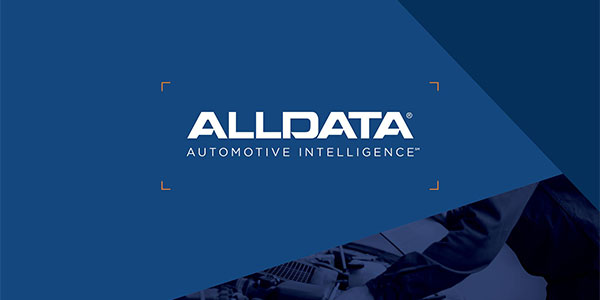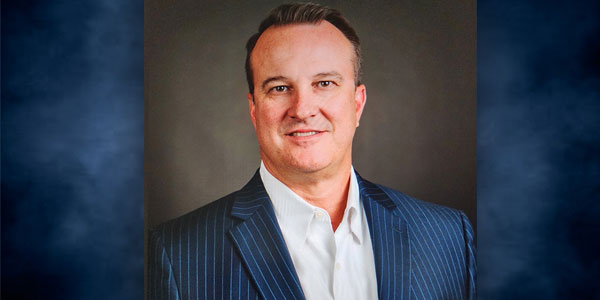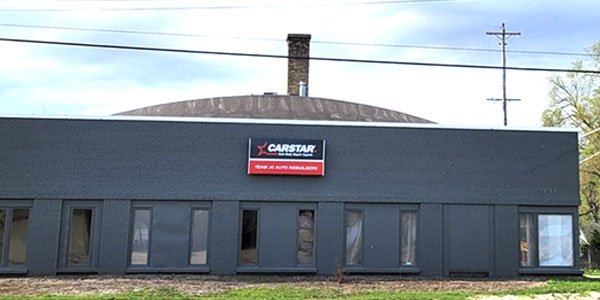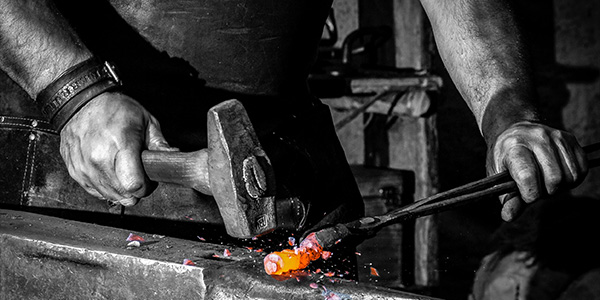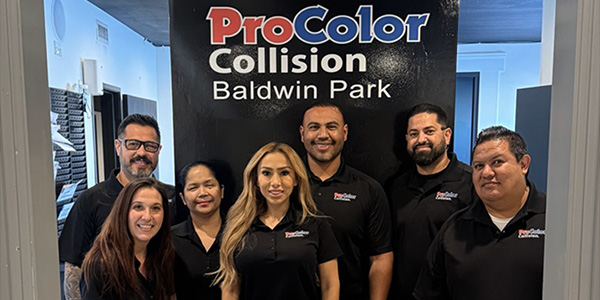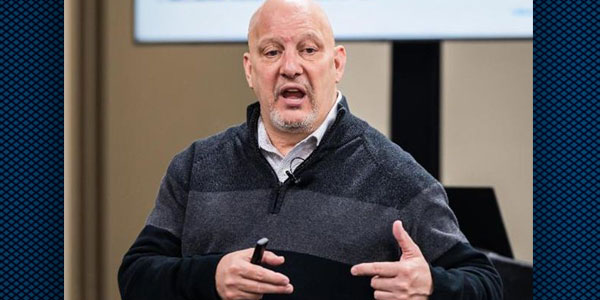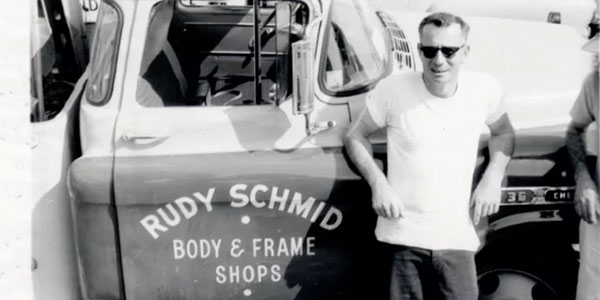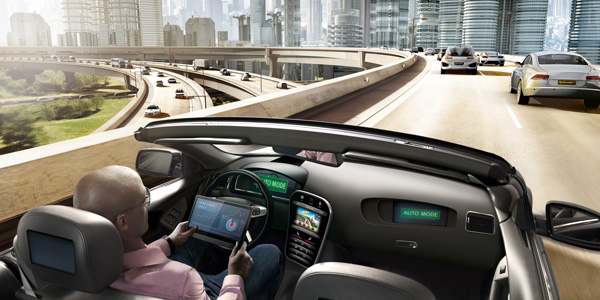
Continental, the Hanover, Germany-based automotive supplier best-known for its tires, has been testing self-driving technology since 2012 and now has a fleet of development vehicles in four countries.
The company’s “Cruising Chauffeur” function is designed to give vehicles the ability to take over the driving task on highways in accordance with traffic laws. As soon as the vehicle needs to exit the highway, the system transfers control back to the driver – via a human-machine interface that is being tested in Continental’s fleet of automated vehicles.
If the driver fails to respond when prompted to take over, the vehicle identifies a safe and secure area and removes itself from the flow of traffic by initiating a “minimum-risk maneuver,” according to Continental.
The company expects the Cruising Chauffeur function to be ready for production in 2020.
“Cruising Chauffeur will offer various safety benefits to the driver,” said Jeremy McClain, head of systems and technology for chassis and safety at Continental North America. “First and foremost, automated driving prevents human error in everyday driving, while at the same time offering a comfortable ride. Furthermore, Cruising Chauffeur includes an additional fallback mode that conventional vehicles do not have. If for whatever reason the driver is not responsive, the Cruising Chauffeur brings the car to a safe stop.”
‘Artificial Empathy’
When Cruising Chauffeur is activated, data from multiple cameras and sensors is analyzed in a central control unit and used to generate a 360-degree model of the vehicle’s surroundings.
Combined with a high-resolution map, the system recognizes all moving and static objects as well as the layout of the roadway ahead, according to Continental.
“The vehicle constantly determines its own position with a high degree of precision and, with the complete understanding of its environment, it is able to identify safe areas to execute autonomous lane changes and passing maneuvers,” the company explained. “When the vehicle approaches the end of its highway route, the driver is prompted to take over the driving task within a defined timeframe. The vehicle determines whether the driver is present and ready to take over driving by using an interior camera and advanced algorithms to analyze and interpret the driver’s gaze pattern.”
Through “artificial empathy,” the vehicle calculates the driver’s attention level and can deduce whether the driver is ready to regain control of the vehicle or if the attention is fully committed to unrelated driving tasks.
Before the minimum-risk maneuver is executed, the vehicle tries to grab the driver’s attention to initiate the handover through a series of escalating HMI exchanges. In addition to optical and acoustic channels, the Cruising Chauffeur also can prompt the driver to take over by using seat vibrations.
Should the driver still not react, the Cruising Chauffeur initiates the minimum-risk maneuver, which means that the vehicle automatically drives safely onto the shoulder and stops. In case of an unavailable shoulder, the vehicle will continue driving with its hazard lights active until it finds a safe area to stop or will slowly come to a stop in the lane it is in, according to Continental.
“Unfortunately, health problems are a very common reason why a driver does not react to a handover request,” explained Ibro Muharemovic, head of the Cruising Chauffeur project at Continental. “Automated driving will put us in a position to effectively help the driver in emergency situations like these.”


